Understanding Natural Horsemanship
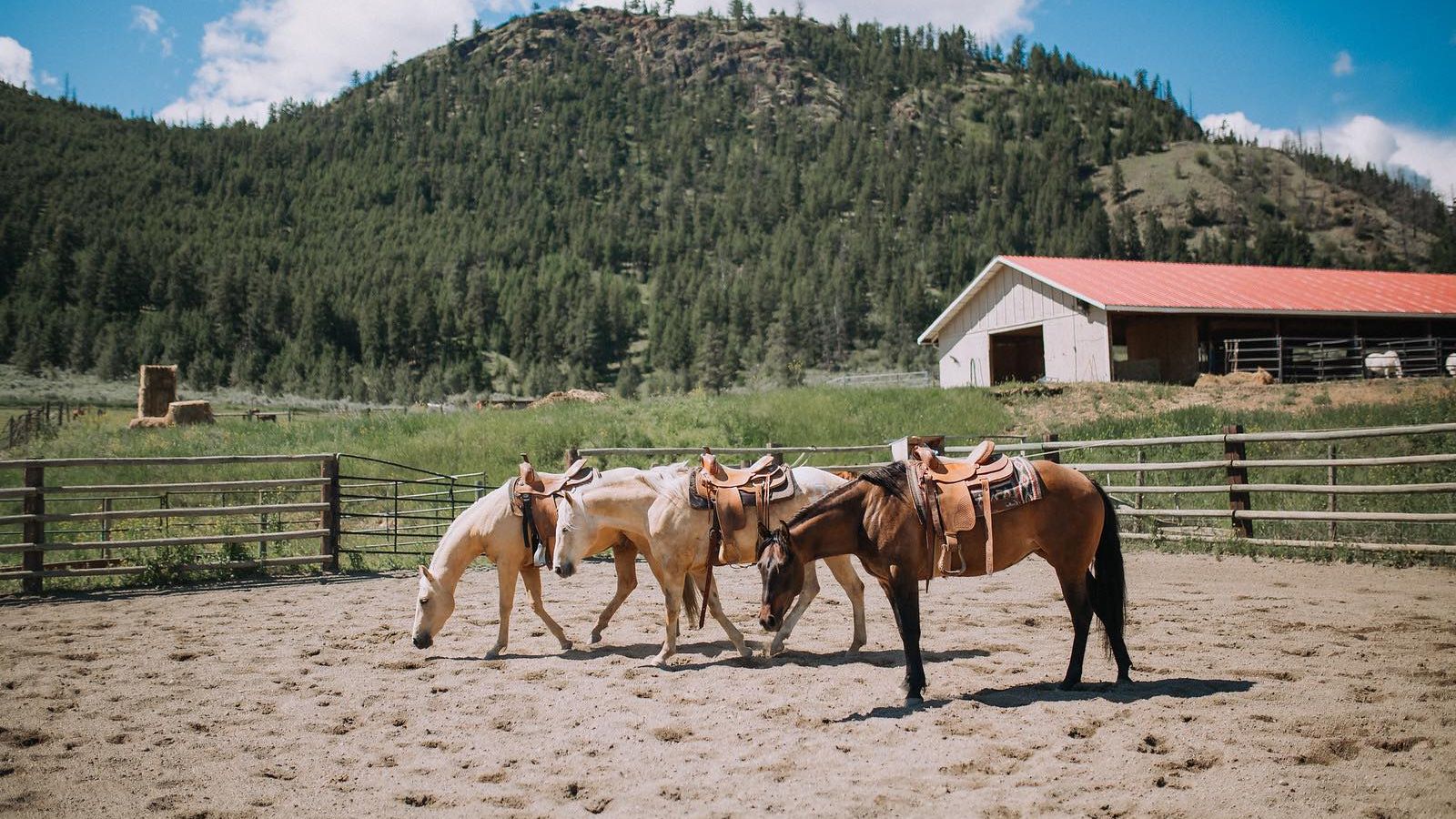
Natural horsemanship is a way of training and interacting with horses that focuses on building trust and communication between the horse and the handler. It is a method that has been gaining popularity in recent years as more people are seeking gentle, ethical ways to train their horses.
The principles of natural horsemanship are based on the horse's natural instincts and behaviors. Horses are herd animals that communicate with each other through body language, vocalizations, and movements. By understanding these natural behaviors, riders can communicate more effectively with their horses, build trust, and create a strong bond.
The Benefits of Natural Horsemanship
One of the most significant benefits of natural horsemanship is that it is a humane and ethical approach to horse training. Natural horsemanship emphasizes communication and cooperation, similar to the way a horse would communicate with each other. Another benefit is that natural horsemanship can improve the horse's ov...
What is a willing horse?
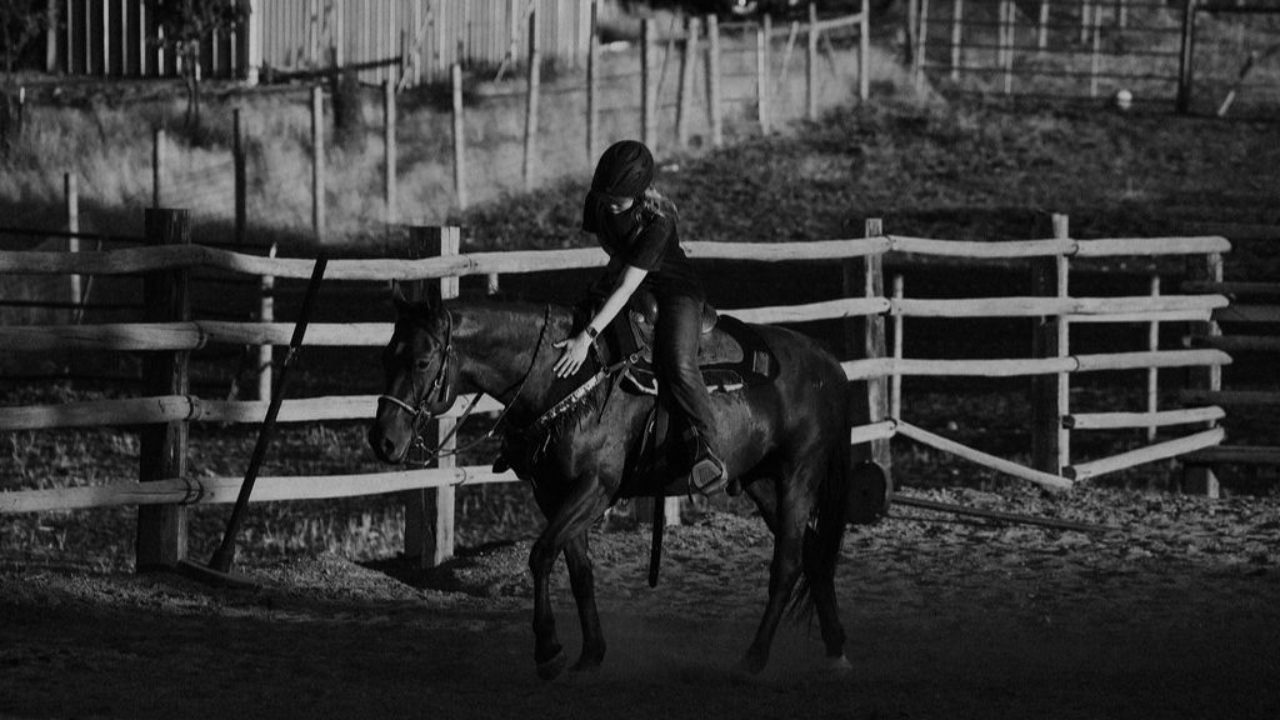
To me...a willing horse is safe, confident, obedient and fun to ride. It’s the horse that does everything on a loose rein or without a bridle. The one that anyone can ride. Whether you are a high-level competitor or a part time recreational rider, we all love a willing horse.
This type of horse is the most sought after in the industry today. What makes a willing horse? Is it trust, leadership, communication, their ability to learn from their mistakes or just something they are born with? I think it’s all of the above. I’ve learned it’s possible to train a horse to be willing even if they have a unwilling attitude.
If I could give you one tip for creating and maintaining a willing horse... it would be to allow them to make a mistake.
Every horse will say "no" sometime in their training process, some more than others. How you handle that "no" is key. When allowing a horse to make a mistake, it's important that you keep the command on with very little pressure. You wan't to have enough...
How To Train a Horse?

" How To Train a Horse " Broken Down By Horse Expert Doug Mills
I believe true softness is a frame of mind that comes from leadership. Leadership starts with respect from me being able to move my horse away from me as it does in the herd environment. In other words, ‘the pecking order.’ The more specific I get with the control in that direction, with a slow build of pressure with a timed release, the stronger the leadership becomes.
I’ve been learning to communicate with horses as long as I can remember. And in the last 20 years, I have developed a simplified step-by-step program that I can teach others.
Two major cornerstones of my program are horses and people. People have taught me as much as the horses. Understanding your personality type plays a big role in your ability to train a horse.
Personality Types
There are generally four personality types; however, I will focus on the two opposite extremes — aggressive and passive.
1. If you are an aggressive, energetic and organ...
Halter Training Vs. Ground Driving a Horse
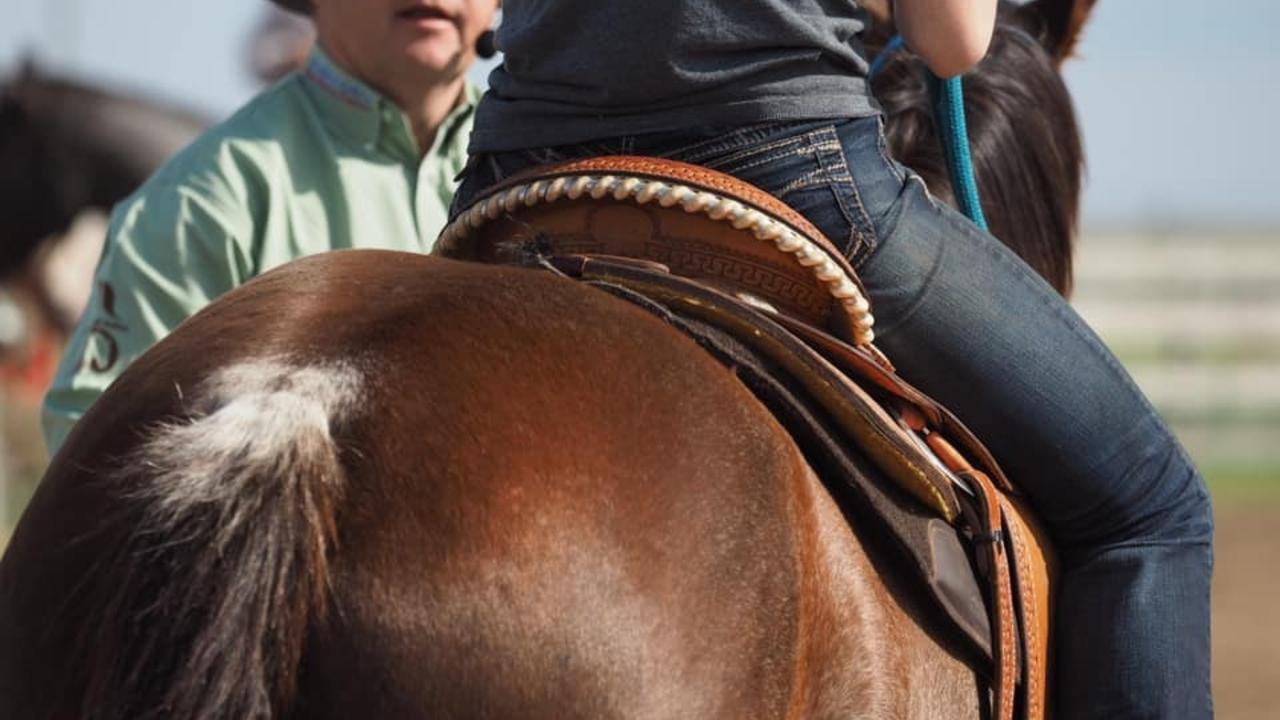
Horse Trainer’s Challenge winner shares some of his championship training tips on halter training and ground driving a horse.
When we are starting colts, we are always looking for that safe and effective way to gain control of our horses from the ground. My goal is to have enough control before I mount so, if they spook or buck, we can shut them down and talk them through it.
Ground driving has been around for years and for good reason. I myself have always had trouble creating a soft face while ground driving.
The Training Thru Trust program designed by my dad Doug Mills has proved to be not only helpful to me but easy to follow and teach. With it I have been able to help students from the apprentice trainers to the first time horse owner.
Click here to apply for our Training Thru Trust Program.
Halter Work Program
The halter work program has the same goals as the ground driving. The goal is to prepare our horse for riding to ensure our safety and give our horse the best c...
Horse Obstacles Are No Longer an Issue
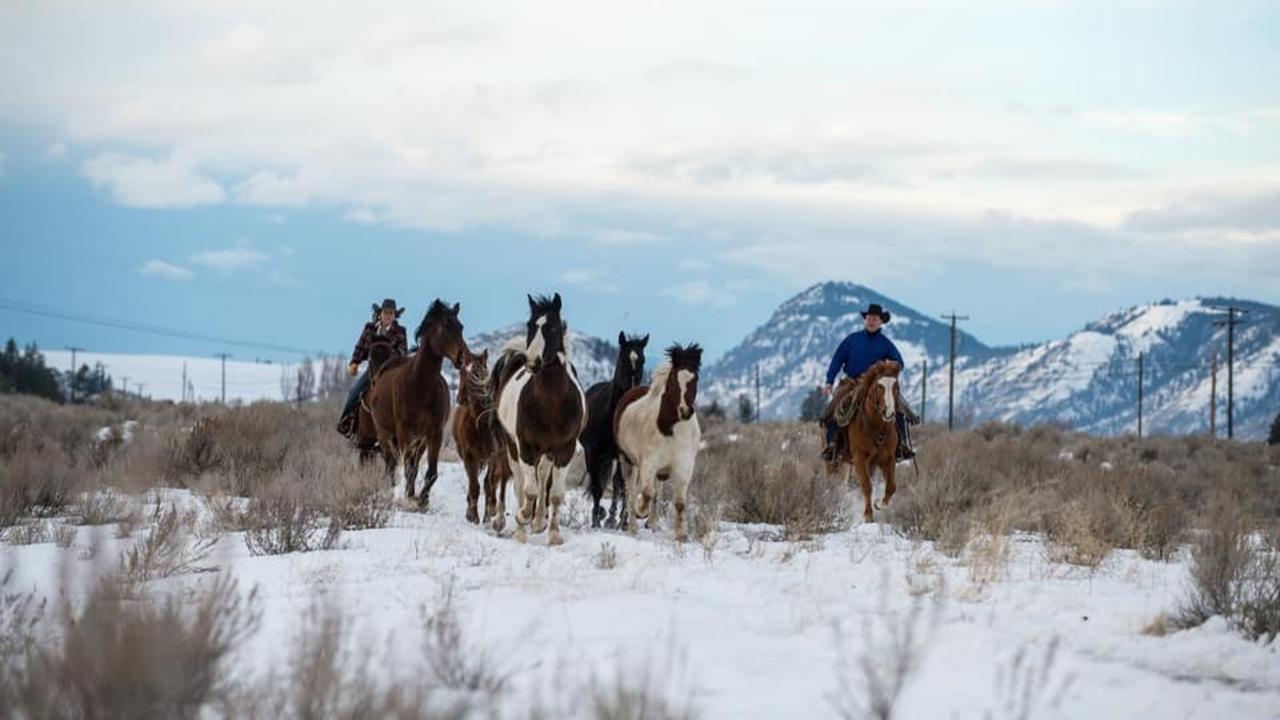
Horse Obstacles Training: Step by Step
It doesn’t matter what discipline you are in, your horse will have obstacles to face... even if it’s the trailer ride to get there.
Obstacles are a good way to establish leadership, build confidence, and teach your horse to read patterns. I like to use a variety of obstacles but as I approach each obstacle, I only have one goal in mind — reward the try.
By consistently rewarding the try and not pushing them over each obstacle on the first approach, you will build confidence in your horse. He will gain confidence in me knowing that I won’t put him into a situation that will harm him, and confidence in himself by conquering scary things.
Two Most Common Training Mistakes
Here are two mistakes I see most often:
1. In the first scenario, Jill camps out at one obstacle with the attitude that her and her horse are going to go over it, even if it takes all day. The positives of this approach is it will show her commitment and leadership as well ...
How To Stop a Horse? 3 Fundamentals For The BIG STOP
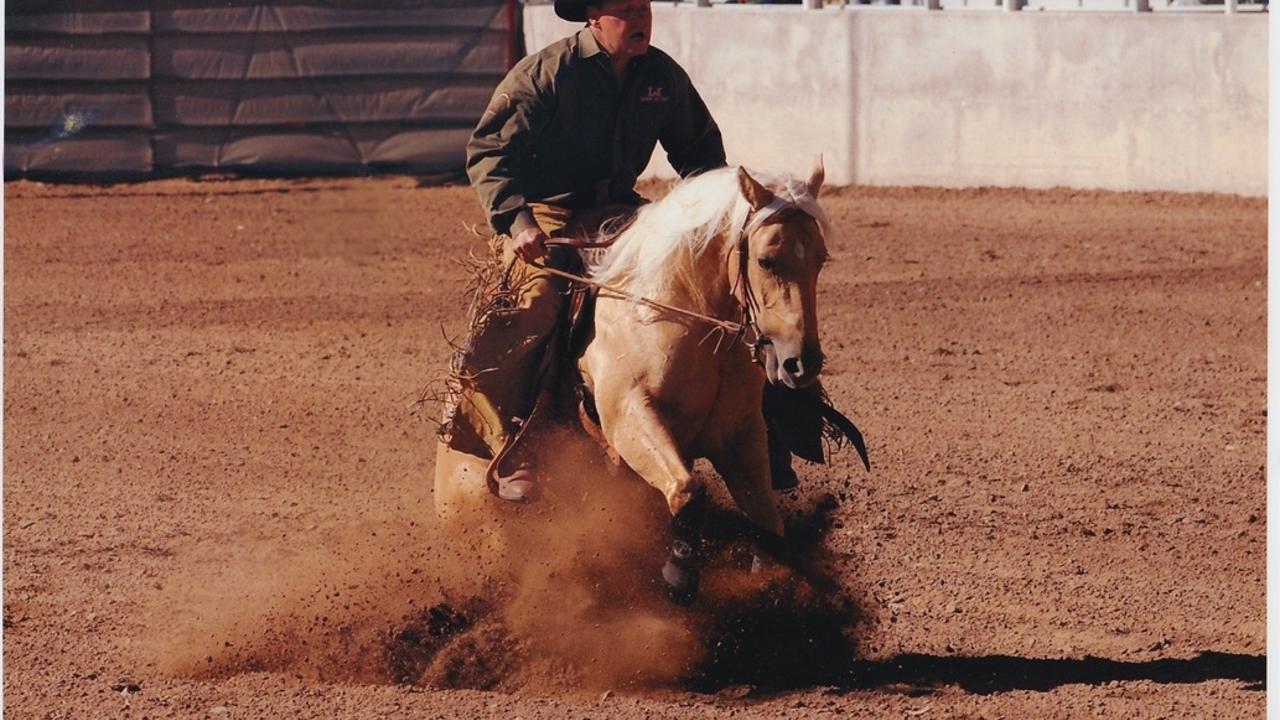
Wondering How to stop a horse? Kade Mills breaks down the three fundamentals to achieve the desired result.
There are three different ways to stop your horse. We can stop from the reins, from the word “whoa,” and lastly from our seat and pushing in our stirrups.
Teaching our horse all three ways will ensure a great stop. I have always been taught the key to teaching a horse to stop is a soft and smooth back up.
How To Stop a Horse: Step One
First I teach him to give his face and give me a few steps back then I will start to engage his body using my legs. It takes time to teach our horses to add speed in the back up but is a great tool to keep them soft.
I always use the order face, body, then speed. They must yield all three to have a complete back up and stop. Once they understand the timed release, we can teach each one individually.If we first start with the face, it allows us to pull on them to engage the body and move their feet. If they are stiff in the face, they wil...

